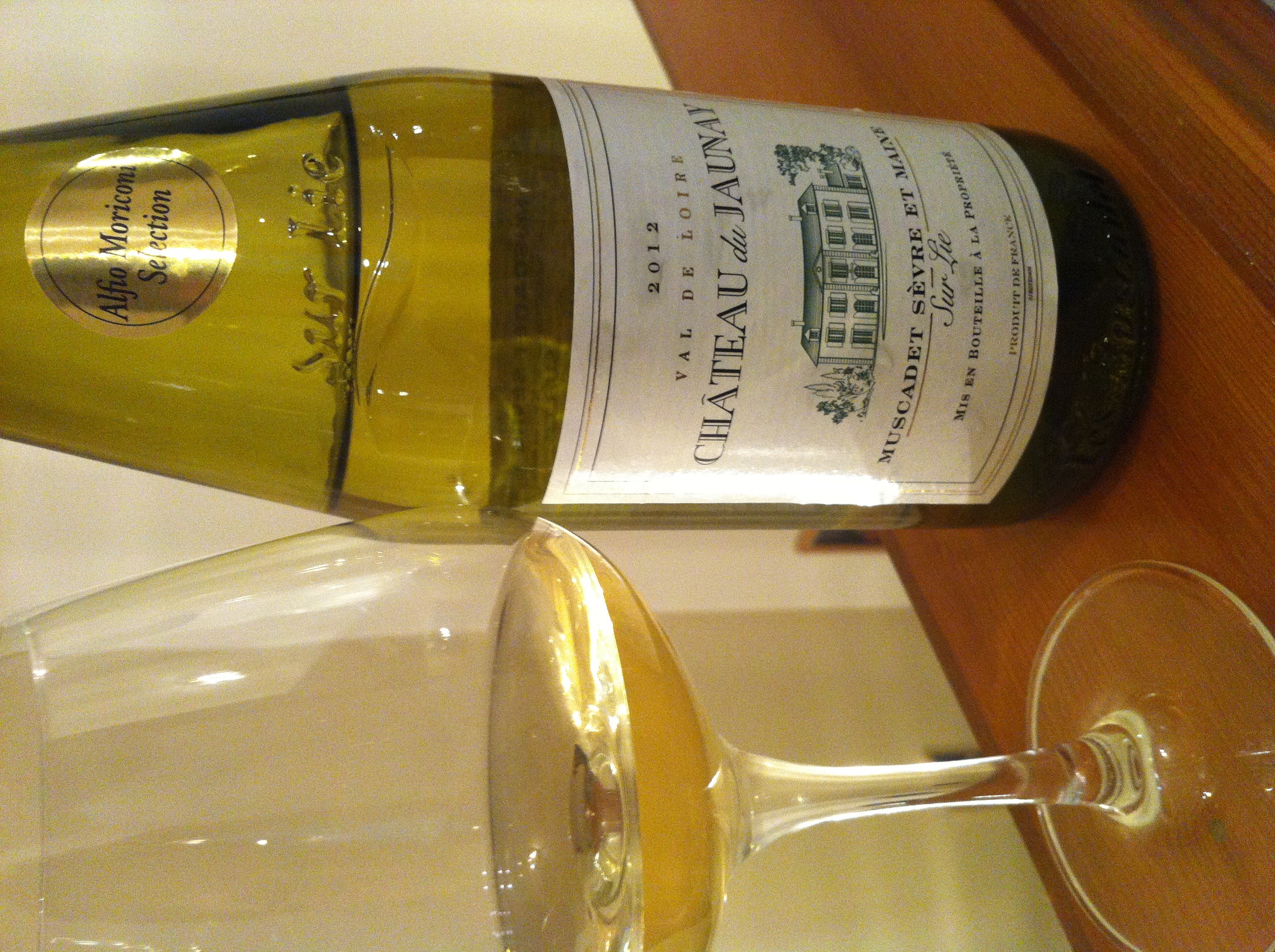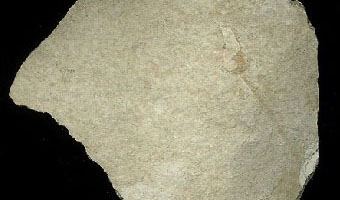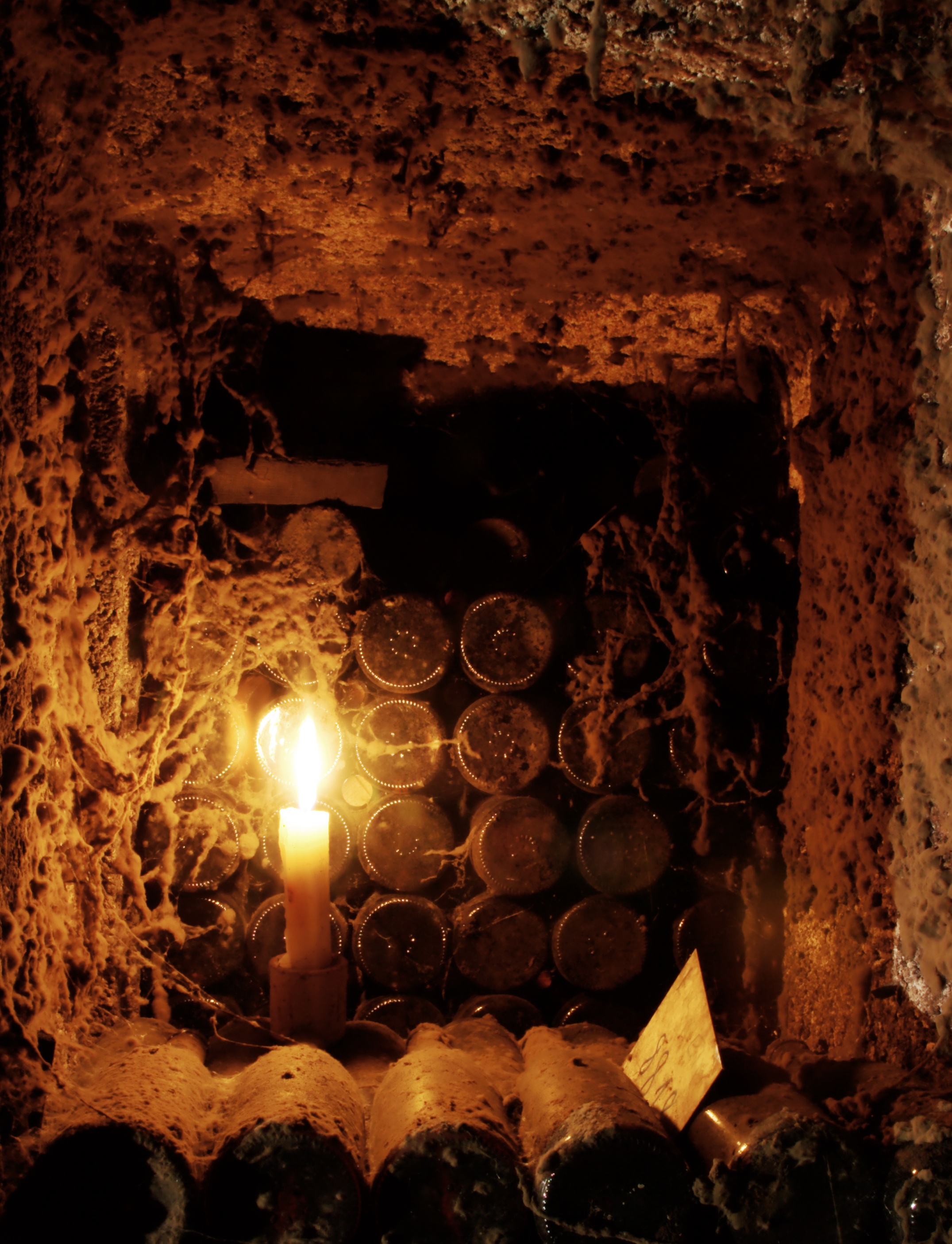|
Racking
Racking, often referred to as Soutirage or Soutirage traditionnel (meaning racking in French), also filtering or fining, is the process of moving wine or beer from one container to another using gravity rather than a pump, which can be disruptive to the beverage. The process is also known as ''Abstich'' in German and ''travaso'' in Italian. ''Alexis Lichine's Encyclopedia of Wines and Spirits'' defines racking as "siphoning wine or beer off the lees (in the case of wine) or trub (in the case of beer), into a new, clean barrel or other vessel". Racking allows clarification and aids in stabilization. Wine that is allowed to age on the lees often develops "off-tastes". A racking hose or tube is used and can be attached to a racking cane to make the task easier. The racking process is repeated several times during the aging of wine. Process Racking or soutirage is a traditional method in wine production of moving wine from one barrel to another using gravity rather than a pum ... [...More Info...] [...Related Items...] OR: [Wikipedia] [Google] [Baidu] |
Lees (fermentation)
Lees are deposits of dead yeast or residual yeast and other particles that precipitate, or are carried by the action of " fining", to the bottom of a vat of wine after fermentation and aging. The same while brewing beer at a brewery is known as trub – the same from secondary fermentation of wine and beer are the lees or equally, as to beer only, dregs. This material is the source for most commercial tartaric acid, which is used in cooking and in organic chemistry. Normally, the wine is transferred to another container ( racking), leaving this sediment behind. Some wines (notably Chardonnay, Champagne, and Muscadet) are sometimes aged for a time on the lees (a process known as '' sur lie''), leading to a distinctive yeasty aroma and taste. The lees may be stirred (french: bâtonnage) for uptake of their flavour. The lees are an important component in the making of '' ripasso'', where the leftover lees from Amarone are used to impart more flavour and colour to pa ... [...More Info...] [...Related Items...] OR: [Wikipedia] [Google] [Baidu] |
Clarification And Stabilization Of Wine
In winemaking, clarification and stabilization are the processes by which insoluble matter suspended in the wine is removed before bottling. This matter may include dead yeast cells ( lees), bacteria, tartrates, proteins, pectins, various tannins and other phenolic compounds, as well as pieces of grape skin, pulp, stems and gums.J. Robinson (ed) ''"The Oxford Companion to Wine"'' Third Edition, pp. 173, 661–62. Oxford University Press 2006 . Clarification and stabilization may involve fining, filtration, centrifugation, flotation, refrigeration, pasteurization, and/or barrel maturation and racking. Clarifying wine In wine tasting, a wine is considered " clear" when there are no visible particles suspended in the liquid and, especially in the case of white wines, when there is some degree of transparency. A wine with too much suspended matter will appear cloudy and dull, even if its aroma and flavor are unaffected; wines therefore generally undergo some kind of clarificatio ... [...More Info...] [...Related Items...] OR: [Wikipedia] [Google] [Baidu] |
Clarification (wine)
In winemaking, clarification and stabilization are the processes by which insoluble matter Suspension (chemistry), suspended in the wine is removed before bottling. This matter may include dead yeast (wine), yeast cells (lees (wine), lees), bacterium, bacteria, tartrates, proteins in wine, proteins, pectins, various tannins (wine), tannins and other phenolic content in wine, phenolic compounds, as well as pieces of grape skin, juice vesicles, pulp, stems and gum (botany), gums.J. Robinson (ed) ''"The Oxford Companion to Wine"'' Third Edition, pp. 173, 661–62. Oxford University Press 2006 . Clarification and stabilization may involve w:Finings, fining, filtration, centrifugation, Froth flotation, flotation, refrigeration, pasteurization, and/or Oak (wine)#Effects_on_wine, barrel maturation and racking. Clarifying wine In wine tasting, a wine is considered "clear (wine), clear" when there are no visible particles suspended in the liquid and, especially in the case of white wines, ... [...More Info...] [...Related Items...] OR: [Wikipedia] [Google] [Baidu] |
Stabilization (wine)
In winemaking, clarification and stabilization are the processes by which insoluble matter suspended in the wine is removed before bottling. This matter may include dead yeast cells ( lees), bacteria, tartrates, proteins, pectins, various tannins and other phenolic compounds, as well as pieces of grape skin, pulp, stems and gums.J. Robinson (ed) ''"The Oxford Companion to Wine"'' Third Edition, pp. 173, 661–62. Oxford University Press 2006 . Clarification and stabilization may involve fining, filtration, centrifugation, flotation, refrigeration, pasteurization, and/or barrel maturation and racking. Clarifying wine In wine tasting, a wine is considered " clear" when there are no visible particles suspended in the liquid and, especially in the case of white wines, when there is some degree of transparency. A wine with too much suspended matter will appear cloudy and dull, even if its aroma and flavor are unaffected; wines therefore generally undergo some kind of clarificatio ... [...More Info...] [...Related Items...] OR: [Wikipedia] [Google] [Baidu] |
Wine Rack
A wine rack is a set of shelves for the organized storage of wine. Wine racks can be built out of a number of different materials. The size of the rack and the number of bottles it can hold can vary widely. Wine racks can be located in a winemaker’s professional wine cellar as well as private homes for personal collections. Materials Wood Wood is the most popular medium when it comes to wine rack construction. It is easily obtainable and very workable. Many types of wood are used. Premium Redwood, All Heart Redwood, Mahogany, Pine, Red Oak, Cedar, and Fir are just a few of the various options. Cedar is popular choice because of the aroma is gives off. This aroma is also its downfall—it can penetrate the wine via the cork. Fir is another popular choice—it also is very strong and comes in a natural cream color. Plastic Plastic is the most modern material to create designer wine rack. It can be stacked to any shape. Metal Metal is another popular choice for ... [...More Info...] [...Related Items...] OR: [Wikipedia] [Google] [Baidu] |
Winemaking
Winemaking or vinification is the production of wine, starting with the selection of the fruit, its fermentation into alcohol, and the bottling of the finished liquid. The history of wine-making stretches over millennia. The science of wine and winemaking is known as oenology. A winemaker may also be called a vintner. The growing of grapes is viticulture and there are many varieties of grapes. Winemaking can be divided into two general categories: still wine production (without carbonation) and sparkling wine production (with carbonation – natural or injected). Red wine, white wine, and rosé are the other main categories. Although most wine is made from grapes, it may also be made from other plants. (See fruit wine.) Other similar light alcoholic drinks (as opposed to beer or spirits) include mead, made by fermenting honey and water, cider ("apple cider"), made by fermenting the juice of apples, and perry ("pear cider"), made by fermenting the juice of pears, a ... [...More Info...] [...Related Items...] OR: [Wikipedia] [Google] [Baidu] |
Aging Of Wine
The aging of wine is potentially able to improve the quality of wine. This distinguishes wine from most other consumable goods. While wine is perishable and capable of deteriorating, complex chemical reactions involving a wine's sugars, acids and phenolic compounds (such as tannins) can alter the aroma, color, mouthfeel and taste of the wine in a way that may be more pleasing to the taster. The ability of a wine to age is influenced by many factors including grape variety, vintage, viticultural practices, wine region and winemaking style. The condition that the wine is kept in after bottling can also influence how well a wine ages and may require significant time and financial investment.R. Jackson ''"Wine Science: Principles and Applications"'' Third Edition, pp. 431–489, 643–671. Academic Press 2008 .R. Boulton, V. Singleton, L. Bisson, R. Kunkee ''Principles and Practices of Winemaking'', pp. 382–424. Springer 1996 New York . The quality of an aged wine varies significa ... [...More Info...] [...Related Items...] OR: [Wikipedia] [Google] [Baidu] |
Wine
Wine is an alcoholic drink typically made from fermented grapes. Yeast consumes the sugar in the grapes and converts it to ethanol and carbon dioxide, releasing heat in the process. Different varieties of grapes and strains of yeasts are major factors in different styles of wine. These differences result from the complex interactions between the biochemical development of the grape, the reactions involved in fermentation, the grape's growing environment ( terroir), and the wine production process. Many countries enact legal appellations intended to define styles and qualities of wine. These typically restrict the geographical origin and permitted varieties of grapes, as well as other aspects of wine production. Wines not made from grapes involve fermentation of other crops including rice wine and other fruit wines such as plum, cherry, pomegranate, currant and elderberry. Wine has been produced for thousands of years. The earliest evidence of wine is from the Cau ... [...More Info...] [...Related Items...] OR: [Wikipedia] [Google] [Baidu] |
Electricity
Electricity is the set of physical phenomena associated with the presence and motion of matter that has a property of electric charge. Electricity is related to magnetism, both being part of the phenomenon of electromagnetism, as described by Maxwell's equations. Various common phenomena are related to electricity, including lightning, static electricity, electric heating, electric discharges and many others. The presence of an electric charge, which can be either positive or negative, produces an electric field. The movement of electric charges is an electric current and produces a magnetic field. When a charge is placed in a location with a non-zero electric field, a force will act on it. The magnitude of this force is given by Coulomb's law. If the charge moves, the electric field would be doing work on the electric charge. Thus we can speak of electric potential at a certain point in space, which is equal to the work done by an external agent in carrying a u ... [...More Info...] [...Related Items...] OR: [Wikipedia] [Google] [Baidu] |








